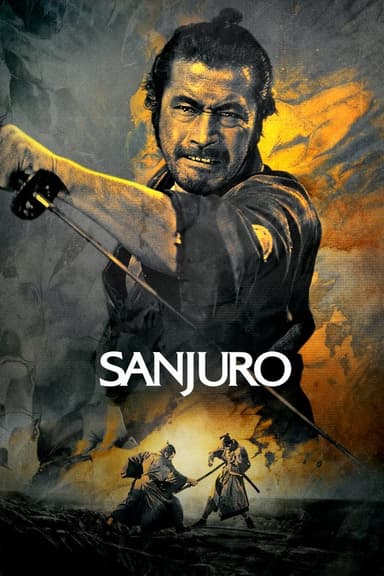
Black Hawk Down
2001 • Action, History, War • R
When U.S. Rangers and an elite Delta Force team attempt to kidnap two underlings of a Somali warlord, their Black Hawk helicopters are shot down, and the Americans suffer heavy casualties, facing intense fighting from the militia on the ground.
Runtime: 2h 25m
Why you should read the novel
If you truly want to understand the events of the Battle of Mogadishu, Mark Bowden's "Black Hawk Down" provides depth and detail that the film adaptation simply cannot match. The book offers first-hand accounts, presenting soldiers' perspectives, motivations, and emotions with powerful immediacy. Bowden weaves together interviews, military communications, and meticulously researched facts to immerse readers in the intensity and chaos of the battle.
Reading the book allows you to grasp the scope and complexity of the mission, as well as the personal stories behind each participant. It goes beyond the action to explore the history, politics, and human dimensions of the conflict. Readers gain insight into both the cultural and battlefield context, uncovering layers that are compressed or omitted in the film.
The novel's detailed descriptions put you in the heart of the story, helping you appreciate the courage and struggles of those involved. By choosing the book over the film, you’ll discover a richer, more textured, and thoroughly researched retelling of this pivotal event in modern military history.
Adaptation differences
One major difference between "Black Hawk Down" the book and its film adaptation is the depth of character development. In the book, Mark Bowden devotes significant space to the backgrounds and personalities of the soldiers involved, allowing readers to connect with them on a more personal level. The film, by necessity, streamlines characters and often merges real-life individuals to simplify the narrative, which can result in a less nuanced portrayal.
Additionally, the book provides an expansive view of the battle, including insights into the Somali perspective and the political context behind the U.S. mission. These elements are largely reduced or omitted in the movie in favor of maintaining pacing and focusing on intense action sequences, making the film more about the immediacy of survival than the broader implications of the conflict.
Bowden’s book also addresses the aftermath of the battle, including the political fallout and its effect on U.S. policy, while the film concludes shortly after the evacuation. This limits the audience’s understanding of the larger stakes and consequences of the mission as depicted in the original account.
Finally, the book’s detailed and accurate presentation of the tactical operations—complete with maps, communication logs, and minute-by-minute accounts—immerses the reader in the true complexity of urban warfare. By contrast, the film, constrained by runtime and cinematic conventions, condenses these operations and may prioritize dramatic impact over strict adherence to historical detail.
Black Hawk Down inspired from
Black Hawk Down: A Story of Modern War
by Mark Bowden





